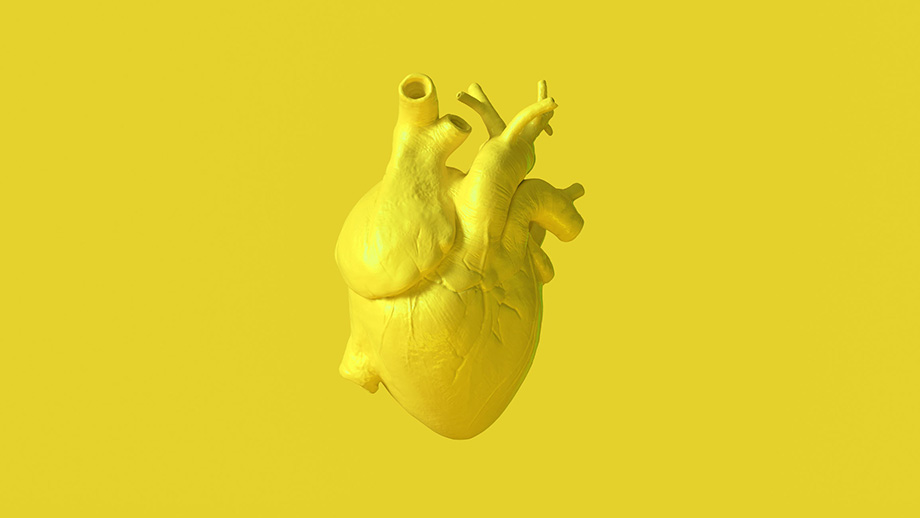Part three of three explores the ways the medical and surgical sides of treatment now work together. An interview with Nir Uriel, MD, Director of Advanced Heart Failure and Cardiac Transplantation.
Read Part 1 on Heart Failure and Part 2 on LVAD and Heart Transplantation.
Part 3: Medical-Surgical Collaboration
It’s really fascinating to hear so much about how the medical and surgical sides of treatment seem to be merging so rapidly.
Yes, we’re in this together and we have to be. And that’s why you see this advancement. In the original studies, it was only surgical. And now you can see the same pump, the same technology, and a completely different outcome because we work together. And we owe it to our patients, we ought to be transparent and we ought to be communicative. And this is how we provide the best patient care, especially as we head into a new era.
How do you see this medical/ surgical collaboration changing in this new era?
We will probably evolve to something very similar to what's happening in oncology, where they use what’s called a tumor board. Whenever you identify the patient with cancer, you bring them to a committee that says, "This patient will get this protocol of chemotherapy” or some other protocol. I think when we identify a patient with heart failure, we'll bring him to a committee and determine treatment that way, all through a team.
What is the most important thing you want patients to know about heart failure treatment today?
I want to make sure that every patient understands that we have solutions to almost every stage of the disease. Patients should not think there is no solution and give up. I want to see every patient coming in seeking help. But more important is something that I personally believe in—I want to empower the patient. I want you to be the one to take this decision into your hands. My true belief is that in the future, we will be the consultant for the patient, advising on how to manage it.
Interesting. Would you explain that a little bit more?
Heart failure is a condition that has a lot of lifestyle in it. And just by improving lifestyle, we can definitely change the patient’s perspective. So, for me, my patients need to know that first, there is a solution to almost every heart failure condition today in every stage; and we should not give up and evaluate it in a sense of advanced heart failure cure.
Second, this solution is a partnership between us and the patient. And we must be empowering our patients to be in charge. When the patient is part of the core team taking care of themselves, then it's a success story.
One last question, what are your 5 year and ten-year goals?
So, here at Columbia and NYP, I'm the head of heart failure across our network. And I want to see us providing access to care to every patient across the entire New York-Presbyterian system. We have a big region with five big boroughs, and we need to be providing the same care to all people across every borough, and beyond. Whether they're here in the city, Manhattan, or Queens, or they're outside, or upstate.
I want to make sure that this access to care will be provided by a protocolized approach and standardization of care. Communication that will be able to identify patients early, provide what we call Get with the Guidelines therapy, according to the guidelines. You know, we still, not only us specifically but all across the country, fail to provide patient-derived therapy. In every study to Get with the Guidelines, only a minority of the patients are getting the right therapy. And it's really sad.
I want every single one of our patients who have heart failure to get cutting-edge technology, offered the best therapy at every step of the way. And a final personal goal, I want to see our program grow, both in volume and outcomes that will improve in academic productivity. And that New York-Presbyterian in general, and Columbia in specific will continue to lead the research community and push the envelope and bring new technology that can help more patients. This is where we want to be.

